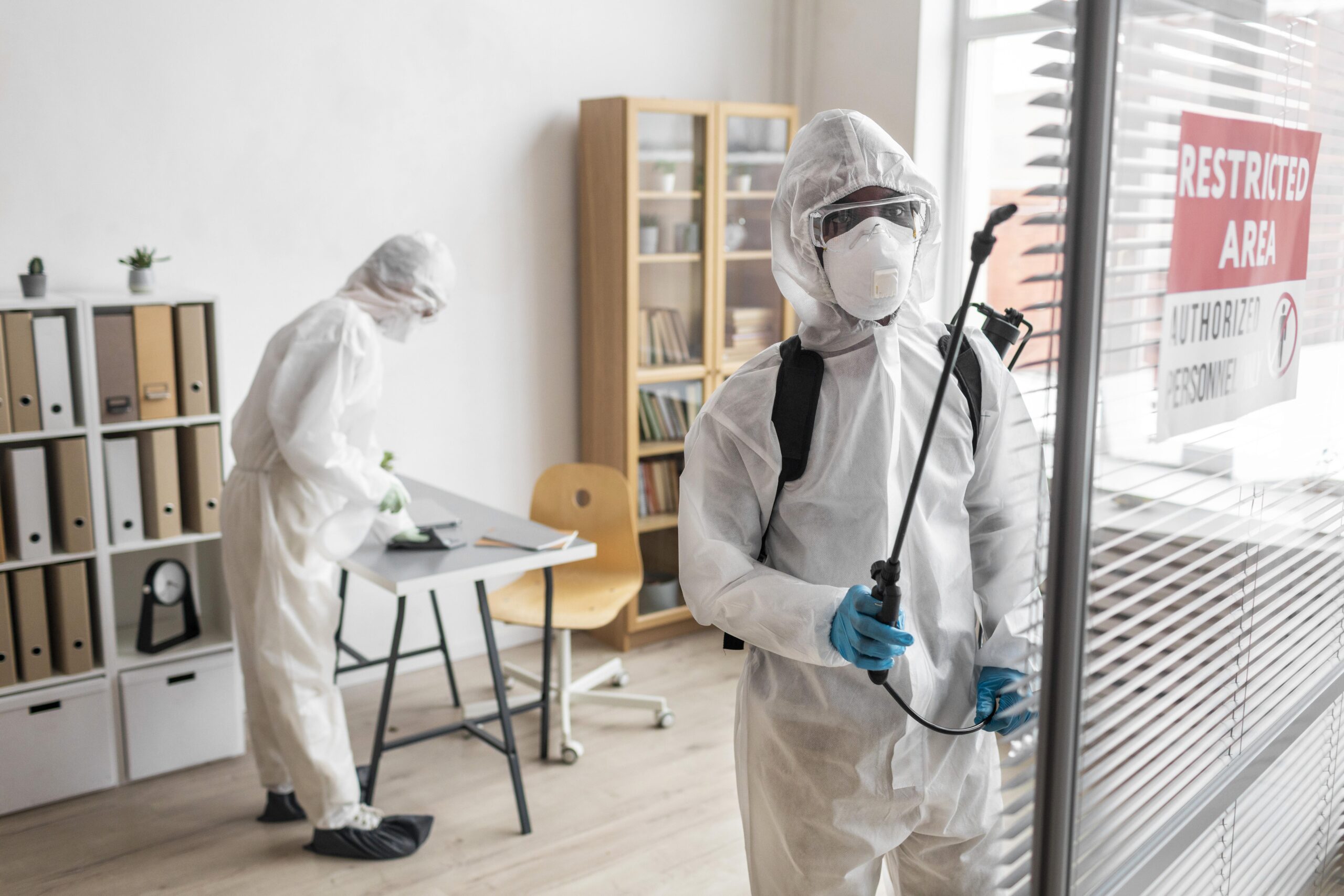Every safety and risk professional eventually reaches a moment of reflection: What do I wish I had known when I started?
One key lesson stands out—safety culture isn’t automatic; it’s cultivated. While many leaders value safety, acknowledgment alone doesn’t sustain a resilient organization. A healthy safety culture is also the foundation of effective risk management. The same human factors that drive incidents—complacency, overconfidence, and resistance to change—also shape organizational exposure and fiscal risk. When safety becomes transactional or compliance-driven, it weakens enterprise risk management. True resilience emerges when safety is viewed not as a set of regulations to follow, but as a strategic discipline that protects people, performance, and reputation.
Across industries, recurring toxic mindsets—what I call the poisons of occupational safety—undermine engagement, accountability, and progress. The good news: each has an antidote.
Common Poisons and Their Antidotes
“We’re OSHA Compliant.”
Poison: Many organizations believe meeting OSHA requirements is enough, but compliance is a baseline, not a benchmark. Focusing only on regulations creates a false sense of security that limits growth.
Antidote: Continuous Improvement – Track leading indicators like engagement and near-miss reporting—not just incident rates.
“We’ve Always Done It This Way.”
Poison: When long-standing habits are mistaken for best practices, tradition quietly resists innovation. This mindset prevents learning and blocks the use of safer, more innovative methods.
Antidote: Embrace Change – Reward innovation through recognition and open dialogue.
“Why Train for Hazards We Don’t Face?”
Poison: Some minimize the value of training for rare events, but preparedness looks unnecessary—until it’s not. Emergencies seldom follow the expected script.
Antidote: Proactive Learning – Make training scenario-based and practical, incorporating community partners.
“Safety Slows Production.”
Poison: This myth drives shortcuts and fatigue. In truth, unsafe operations cost more through downtime, claims, and turnover.
Antidote: Safety as a Productivity Booster – Use job hazard analyses to enhance both safety and efficiency.
“Safety Is Common Sense—and the Safety Department’s Job.”
Poison: Assuming safety is innate or isolated sidelines accountability. Safety is a shared responsibility.
Antidote: Shared Responsibility – Empower every employee to act as a safety leader and recognize proactive prevention.
“We Don’t Have the Budget.”
Poison: Budget constraints often push safety lower on the list, yet ignoring hazards is far more expensive over time.
Antidote: Risk Prioritization – Use a risk matrix to target limited resources where they matter most.
“Incidents Are Unavoidable.”
Poison: Accepting accidents as inevitable erodes learning and accountability. This fatalism stifles progress.
Antidote: Prevention Mindset – Encourage open discussion of near-misses and lessons learned to prevent recurrence.
“Acknowledging Risk Creates Liability.”
Poison: Some fear transparency invites blame, but denial breeds liability and damages trust.
Antidote: Accountability and Transparency – Train leaders to address issues decisively and document corrective actions.
From Compliance to Culture
Safety and risk management are inseparable. The same cultural toxins that corrode safety also weaken fiscal stability and public trust. Each antidote strengthens organizational resilience—reducing insurance costs, supporting continuity, and aligning safety with Total Cost of Risk (TCOR) goals.
The poisons of safety—complacency, rigidity, undertraining, and blame—aren’t just cultural flaws; they’re barriers to resilience. When safety aligns with risk management, it becomes more than a moral duty—it becomes a strategic advantage.
A healthy safety culture is curious, accountable, and proactive, protecting people, mission, and reputation—one antidote at a time.

Matt Phillips
Safety & Risk Manager; Hanover County Government & Hanover County Public Schools, Virginia
Summary of Qualifications
Matt Phillips is a results-driven safety and risk management leader with more than 20 years of field and leadership experience spanning industrial hygiene, construction and general industry safety, radiation protection, risk management, and emergency services. As Safety & Risk Manager for Hanover County Government and Hanover County Public Schools, he oversees comprehensive safety and loss control programs that integrate analytics, employee engagement, and operational accountability. His work centers on “detoxifying” organizational safety culture—bridging the gap between compliance and authentic safety leadership through practical, people-focused solutions.
Responsibilities
-Directs Safety & Risk Management operations across all County and School divisions.
-Oversees administration of property, liability, and workers’ compensation programs with VRSA.
-Leads policy development, safety audits, and accident review processes.
-Develops safety manuals, steering teams, and data-driven performance metrics.
-Partners with executive leadership to align safety initiatives with organizational strategy, insurance renewals, and enterprise risk management objectives.
Business Experience
Before joining Hanover County, Matt spent 14 years with Dominion Energy, serving as Business Unit Safety Consultant and Senior Safety Specialist at multiple power generation stations. He provided strategic safety oversight, contractor safety governance, and regulatory compliance leadership across major construction and operations projects. Earlier in his career, he served as a Senior Radiation Safety Specialist at West Virginia University and as a Quality Control Chemist at Mylan Pharmaceuticals.
ERM Experience
Integrates Safety & Risk Management metrics into Hanover County’s enterprise risk framework through multi-year trend analyses, KPI dashboards, and Total Cost of Risk (TCOR) modeling. Leads data-driven initiatives to strengthen accountability, risk forecasting, and cultural alignment between County Government and Schools.
Professional Affiliations
-Public Risk Management Association (PRIMA) — Member, Leadership Development Committee (2025); Member Outreach Committee (2024)
-Virginia PRIMA — Executive Board, Outreach Committee (2024–Present)
-American Society of Safety Professionals (ASSP), Colonial Virginia Chapter — President (2019, 2022–2024); Vice President (2017, 2020–2022); Communications Chair (2018)National Fire Protection Association — Member (since 2015)
-National Safety Council — Member (since 2013)
-Board of Directors, Crater Training Academy Foundation
-Advisory Board Member, Hanover Fire & EMS
Education
-Master of Business Administration (MBA), Virginia Commonwealth University
-Master of Science in Safety Management, West Virginia University
-Bachelor of Science in Chemistry, Shepherd University.




